Emerging from its source in the craggy Dartmoor landscape, the beautiful River Dart winds its way through Devon over 47 miles before opening to the sea at Dartmouth and the Dart estuary. From spring onwards, the Dart leaps to life, brimming with verdant riverbanks rich with wildlife. Welcome to Britain's Amazon.
A great way to experience the Dart is by foot (with a ferry and stream train thrown in, too). Over three riverside days and nights, author Ben Lerwill walks upriver along the Dart, starting at delightful Dartmouth and wending his way upstream to the river's source in Dartmoor, exploring holiday harbours, frothing woodland, jungled hills and wind-whipped moorland along the way.
Discover the 11th-century splendour of Buckfast Abbey, Agatha Christie's magnificent home Greenway, the enchanted oaks of Wistman's Wood and the coastal charms of the Dittisham ferry. With wild woods, rich history and enticing waters, the Dart is a treasure trove for walkers, campers and swimmers. Find out where to go, what to see and where to stay in this three-day guide to walking along the Dart.
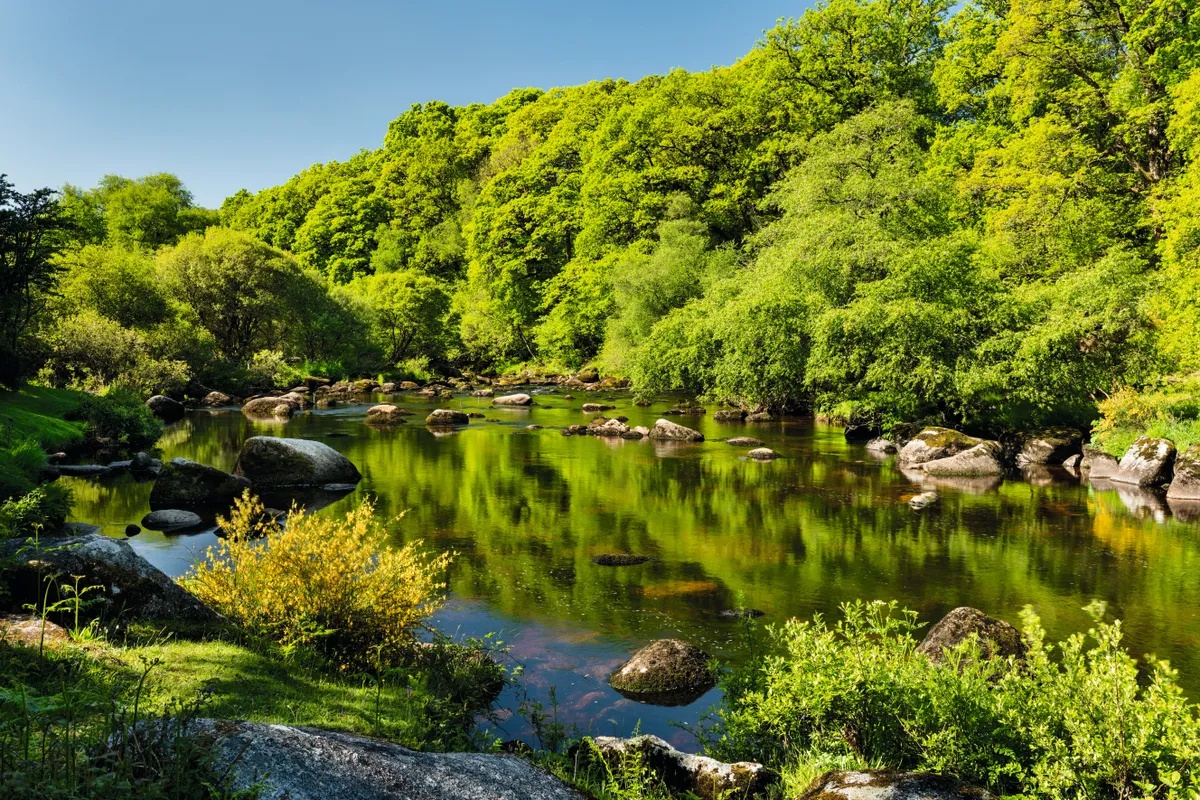
DAY ONE
Dartmouth start
Dartmouth is a fine place to linger on a May morning. I'm sitting in Bayard’s Cove, watching the River Dart rolling out towards the open sea. Gulls are circling above the rooftops, tugs are chugging across the water, halyards are slapping against off-duty masts. Back in 1620, the Pilgrim Fathers put in here for a week before crossing the wilds of the Atlantic. Even today, as yawning holidaymakers amble the quay with takeaway coffees, it’s easy to see the hill-ringed harbour as a place to pause and replenish.
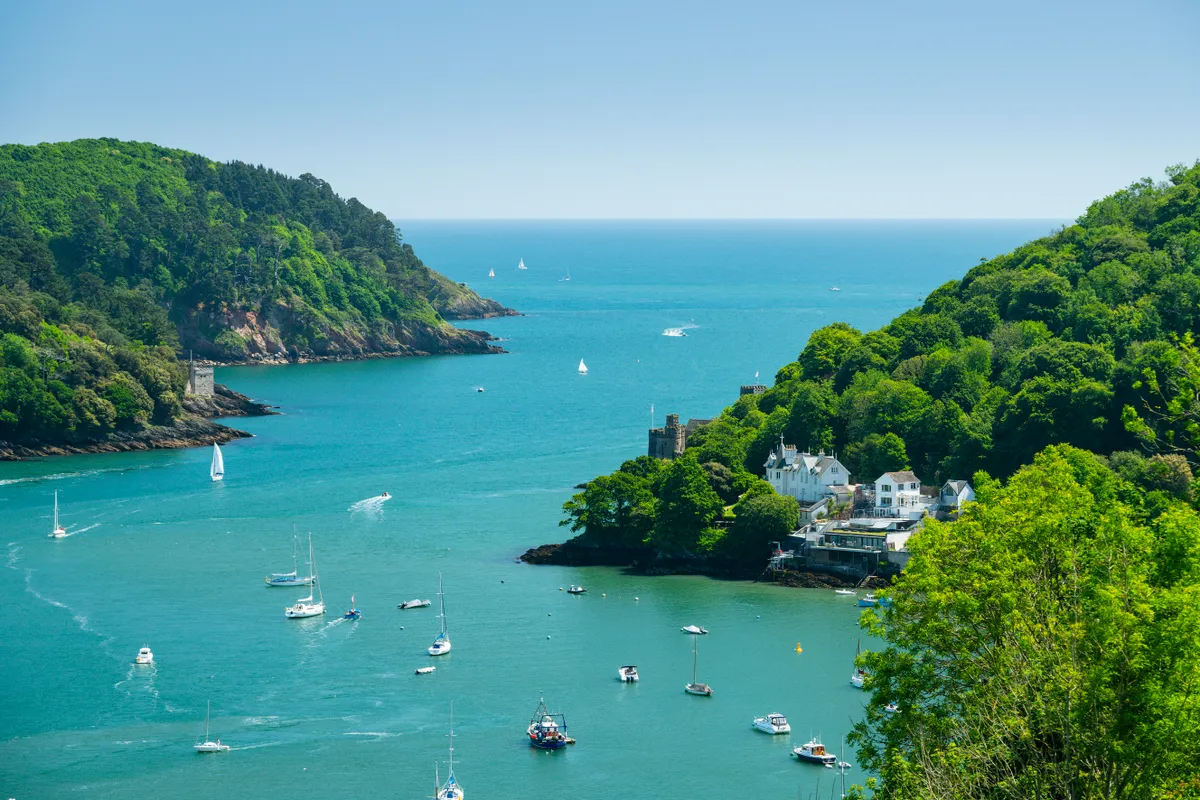
I'm in town for a journey of my own, but my goal lies inland, 47 sinuous miles upriver, where the Dart first burbles to life among the peaty soils of Dartmoor. By literally going against the flow, I'm following the river back to where it begins, and in the process getting to know it that much better, this lovely waterway that tumbles and turns through souther Devon. It says plenty that when the makers of 1970s TV drama The Onedin Line needed a river to double on screen as the Amazon, they came here. You don’t see many jaguars, but still.
I wander through Dartmouth’s timbered centre to reach the little ferry pontoon. The town crier is at the dockside in regalia and tricorn hat, waving to newcomers. “I was supposed to be at a fête today,” he informs me, “but they called it off without telling me.”
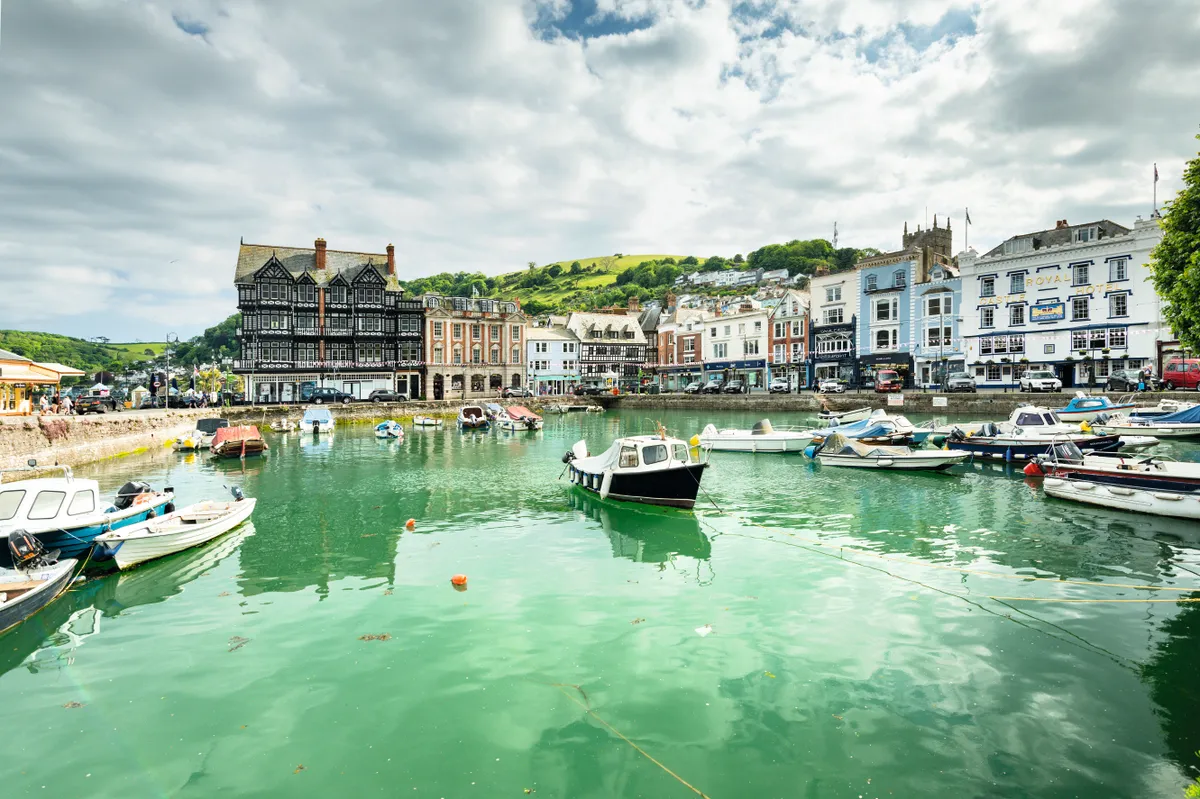
Dartmouth to Dittisham ferry
Before long the Greenway and Dittisham ferry appears, a small craft with a cheery skipper, and I settle on board as we putter into the current and steer upstream. This 25-minute sailing to Dittisham is the first part of my journey. Here at the mouth, the river is wide and strong, with a diamond glitter that comes and goes as the clouds shift. On the opposite bank, Kingswear is a steep jumble of pastel-toned houses.
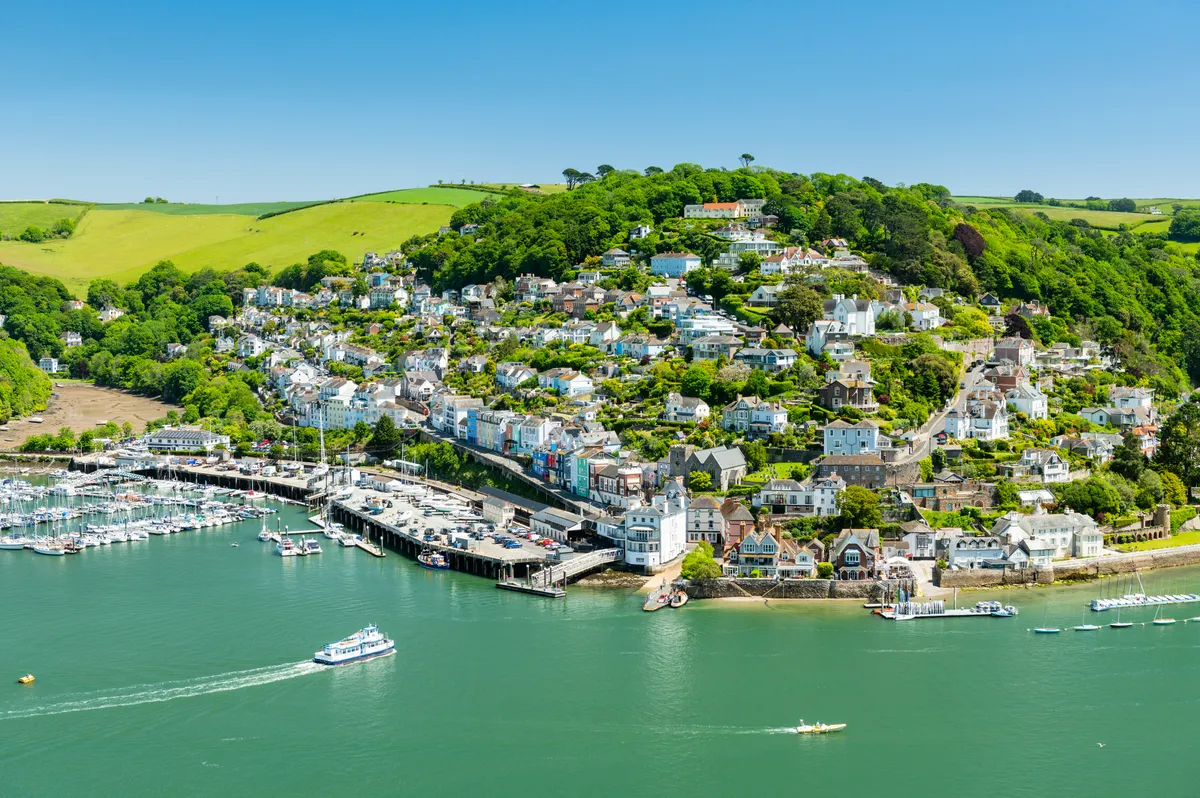
We continue north and, within minutes, the views are all tilting fields and frothing woodland. Dense, jungled hills stretch skywards on both sides. Years ago, I spotted a seal along here, milling around in brackish waters. Today the journey upriver is quieter, but a joy nonetheless. As I disembark, Agatha Christie's long-time home, Greenway, is visible across the water. The sylvan folds of the valley gave her the headspace to write prolifically; little mystery there.
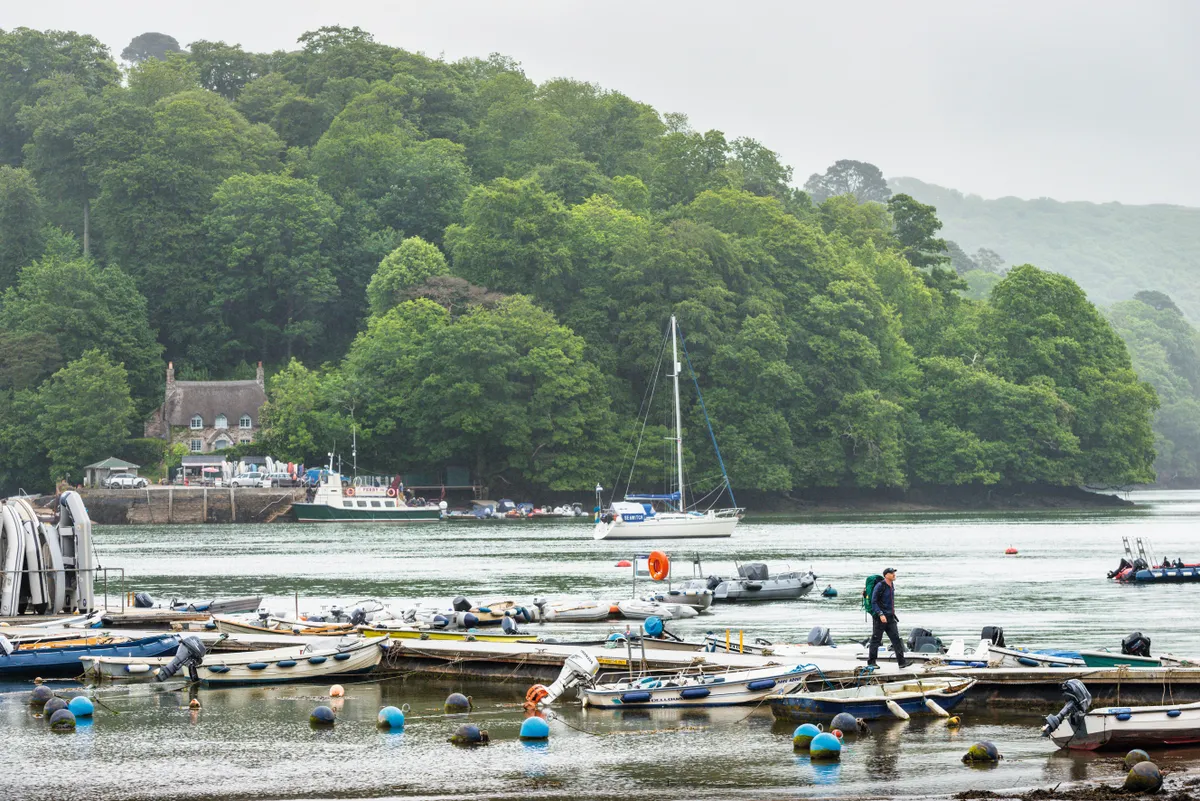
Dittisham to Totnes walk
For the next four hours after disembarking I’m on foot, winding up through the cottages of Dittisham – a village where any For Sale sign makes you stop and ponder – before following the Dart Valley Trail towards Totnes.
The Dart Valley Trail
The Dart Valley Trail is a 17-mile route taking in both sides of the river between Dartmouth and Totnes; the section between Kingswear and Greenway is one of the most popular stretches. As of January 2023, permissions around wild camping on Dartmoor have changed. Visit dartmoor.gov.uk to see the latest developments on permitted camping areas and stay aware of any military training exercises. OS Map OL28 will help navigation.
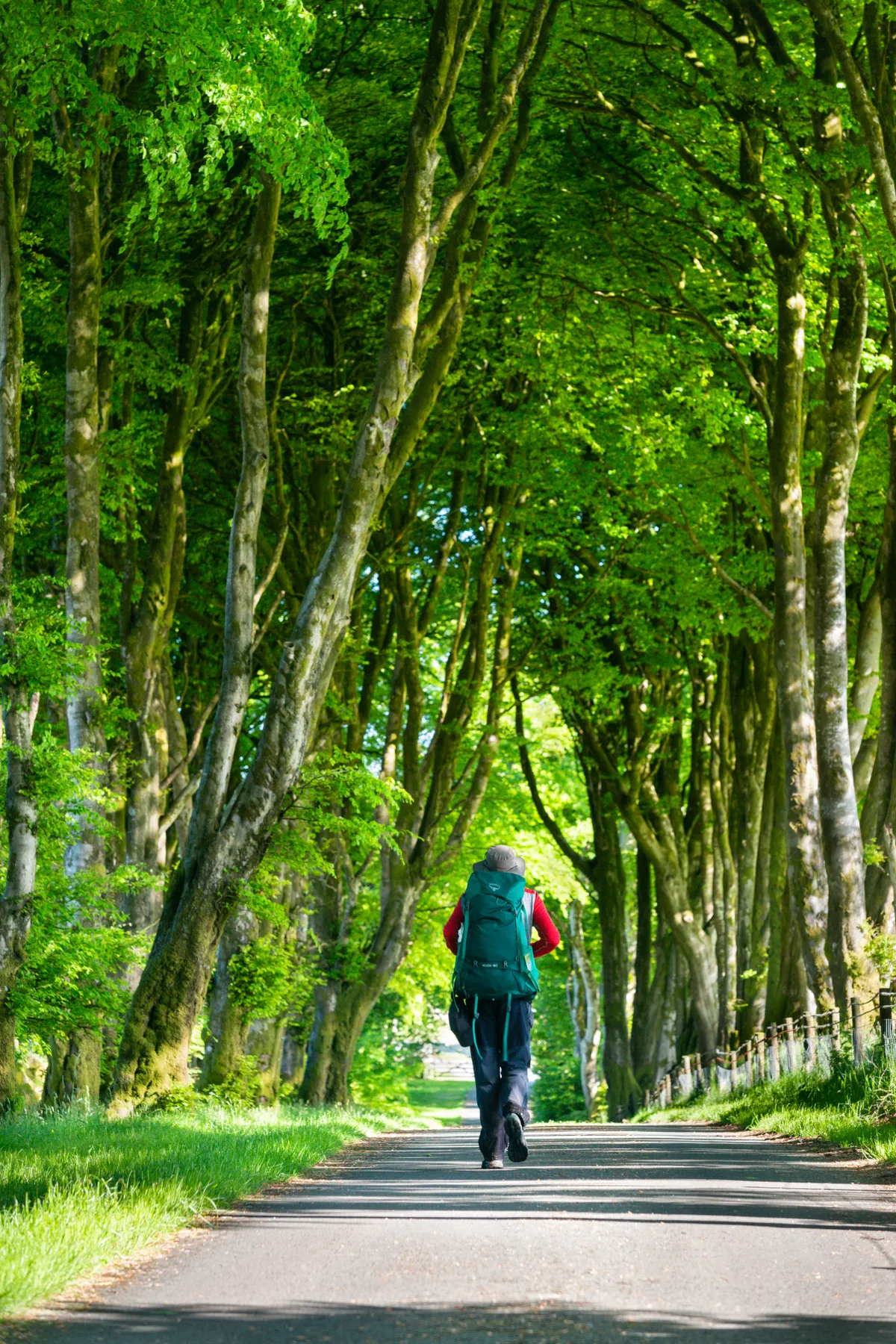
It’s a walk along wriggly country lanes and up shaggy inclines, the river mostly out of view and the verges heavy with campion and ferns. I stop for a pint at the laid-back Maltsters Arms, overlooking a tributary of the main river, then shoulder my pack and resume the trail. The trees and fields have a lazy warmth, soundtracked by bee-buzz and song thrushes. I pass no one.
Already, the South Hams have swallowed me up. At the crest of a hill on the Sharpham Estate, the Dart bursts back on to the scene. There it is, curving across the egret-flown plain below, snaking through woods and farmland. Far in the distance are the toothy tors of Dartmoor; much closer is Totnes.
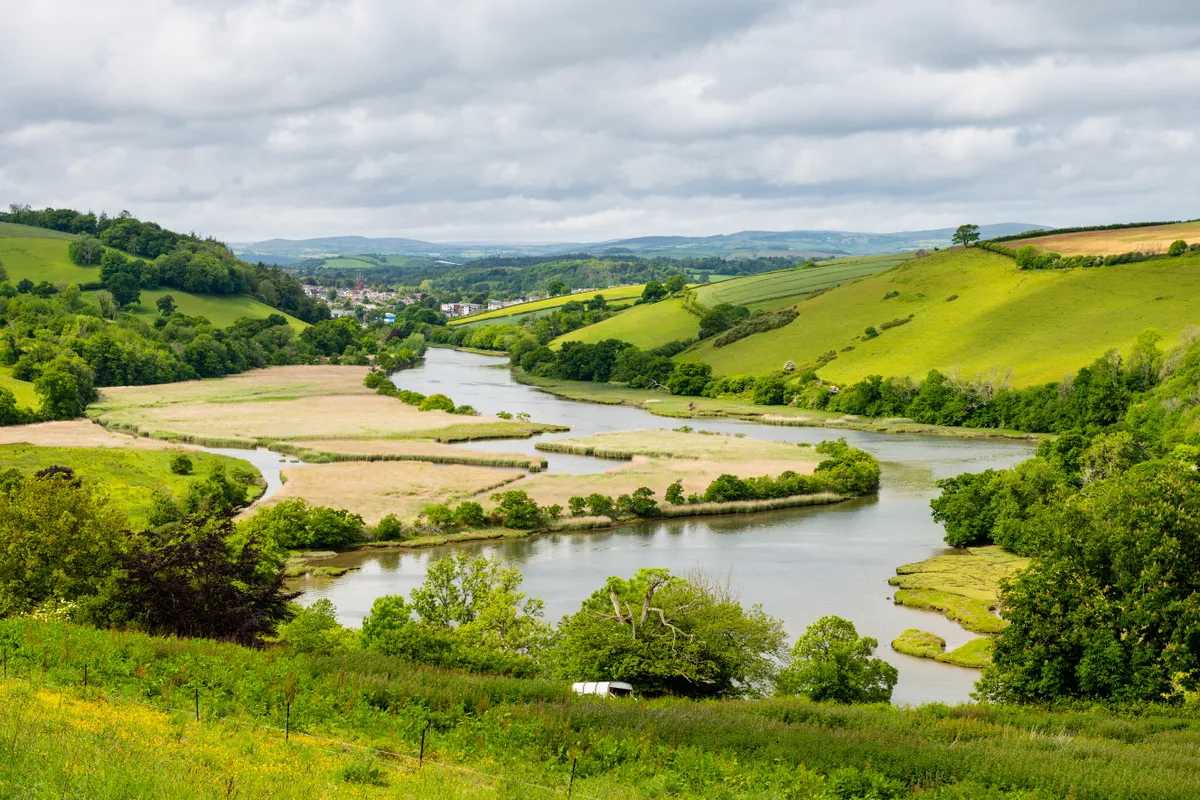
Totnes to Buckfastleigh train
I wander through town, waylaid by a bookshop, to reach the station of the South Devon Railway. Here a bottle-green locomotive is puffing steam. “It’s from 1939,” says the flat-capped driver, piling coal into the firebox. “And still going strong.”
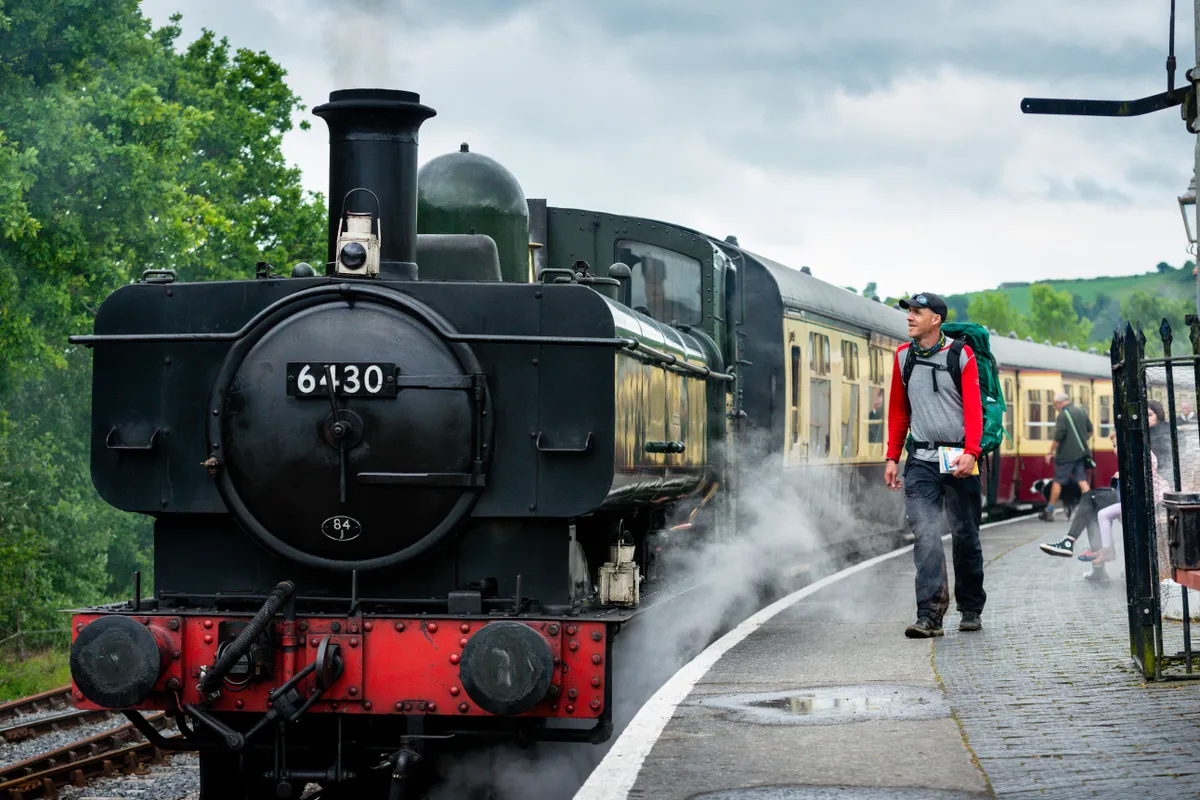
I board one of the heritage carriages – polished handles, smart upholstery – and soon we trundle north, following the river along a pretty seven-mile branch line, the horn yahooing into the late afternoon and swifts wheeling above the treetops. Reaching Buckfastleigh, I disembark to reach the riverside Abbey Inn. Day one is done. From this point on it’s going to be just me, my walking boots and the Dart.
DAY TWO
Buckfastleigh start
The broad lower reaches of the river are plied by ferries and pleasure-boats, with not a bridge in sight, but north of Totnes, its character alters. The next morning I find a wilder, narrower watercourse, red as strong ale, riffling over rocks and babbling under alder boughs.
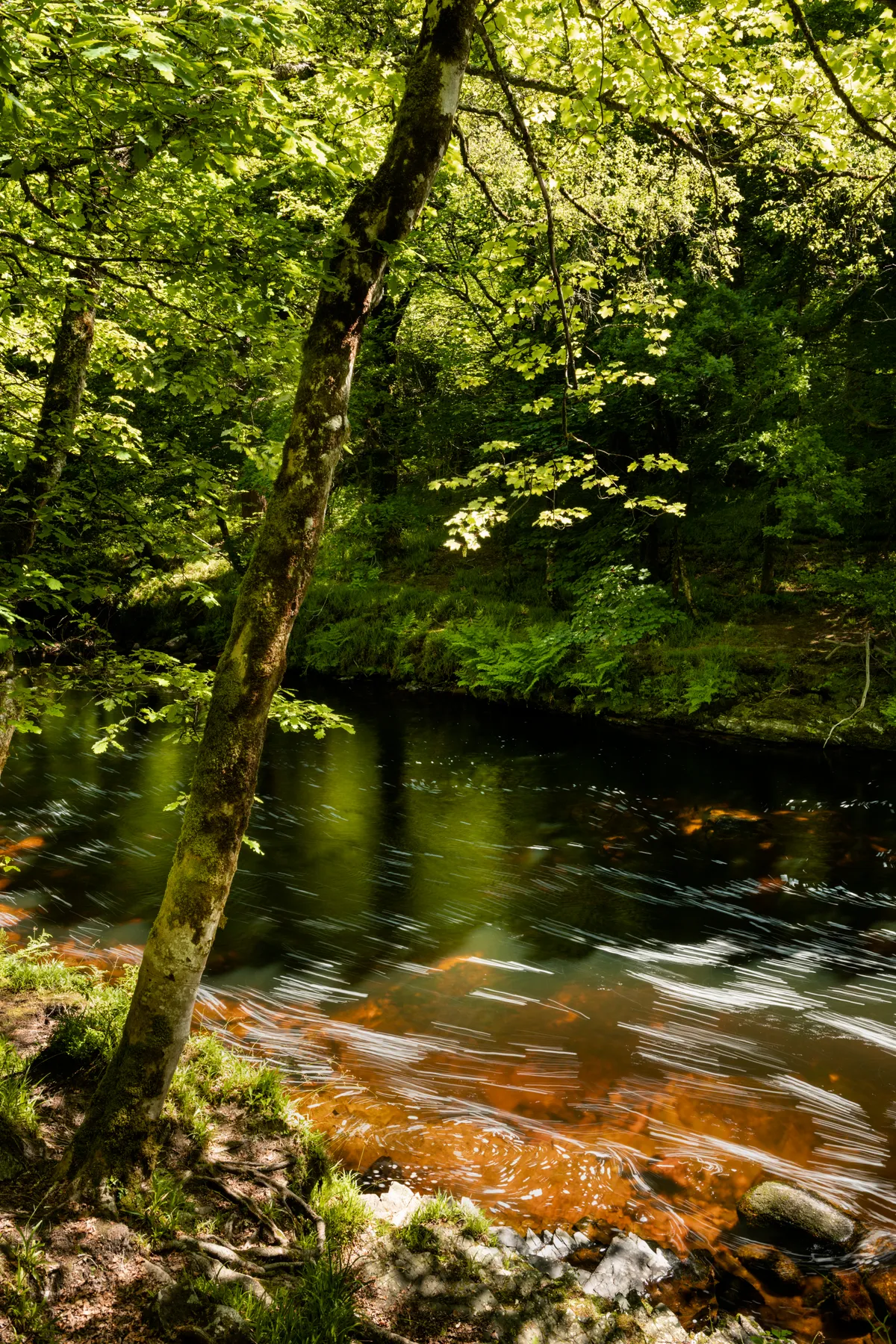
I reach Buckfast Abbey first, a soaring totem of stone ringed by Monterey pines and neat lawns (a sign reads ‘Please DO walk on the grass’), then veer slightly inland to head into the dappled beeches of Hembury Woods. Keeping to the water’s edge, within 20 minutes I pass a swimmer, two kayakers and four very wet, very happy spaniels. And so begins a morning that isn’t without its frustrations.
Following the banks towards Newbridge is simple at times and totally impractical at others, unless you’re impervious to barbed wire, so the Dart goes its way, I go mine, and occasionally we meet.
Dart Valley Nature Reserve
This preludes a stunning afternoon river walk through the tangled temperate rainforest of the Dart Valley Nature Reserve.
“Paths into the reserve’s interior are unmarked and contain challenging sections,” states the Devon Wildlife Trust advice: accurately, as it happens.
Dart Valley Nature Reserve
I spend plenty of time, particularly in the Dart Valley Nature Reserve, hoping for a glimpse of that most elusive of water-lovers: the otter. I don’t get lucky but the knowledge that they’re close by is a thrill. The Devon Mammal Trust calls the Dart “an otter stronghold” and says that territories cover almost the entire length of the river. For your best chance of spotting one, stay quiet and still, look for unexplained ripples – the so-called ‘ring of bright water’ – and know that they can travel surprisingly quickly. Their droppings, called spraints, are more readily seen than the animals themselves.

It takes me four hours to complete a distance of less than five miles, scrambling here, clambering there, teetering on stepping stones and paddling in side-pools – but what a place! Far from any road or phone signal, the river flows fresh and clear right through its leafy heart, at times an urgent whisper of a thing where oaks lean over the surface and dippers fidget in the shallows, at others a splashy torrent of churning eddies and white-water cascades.

Dartmeet
I eventually emerge from the reserve to reach the bluebell-scattered hamlet of Dartmeet, where the two branches of the river converge to flow towards the sea.
Here I find the blocky remnants of an old clapper bridge, and bushes of yellow broom and pink rhododendron; the hubbub of Dartmouth now seems part of another world entirely. The long day has sapped me, so I straggle up to nearby Brimpts Farm for an overnight camp, being stared at by hillside cattle. Within walking distance is the remote Forest Inn, which stocks pasties and Dartmoor Legend cask ale. I sleep like a fallen trunk.
DAY THREE
West Dart
In the morning, with the river now reduced to its nascent stages, I have the choice between tracing the West or East Dart.
The moors of the national park are massed ahead, pale-green and immutable. After some breeze-blown OS Map origami, I choose to follow the western tributary, as the source looks easier to locate. But again, riverside access becomes impossible – what price a Devon-wide right to roam? – so I spend several miles crossing the high moor, passing wind-buckled rowans and speckled wood butterflies, to reach the water again at Two Bridges.
Wistman's Wood
The hot afternoon is already a few hours old when I walk on, fuelled by apples and sandwiches, stepping through the magical twisted groves of Wistman’s Wood before the trees rescind.
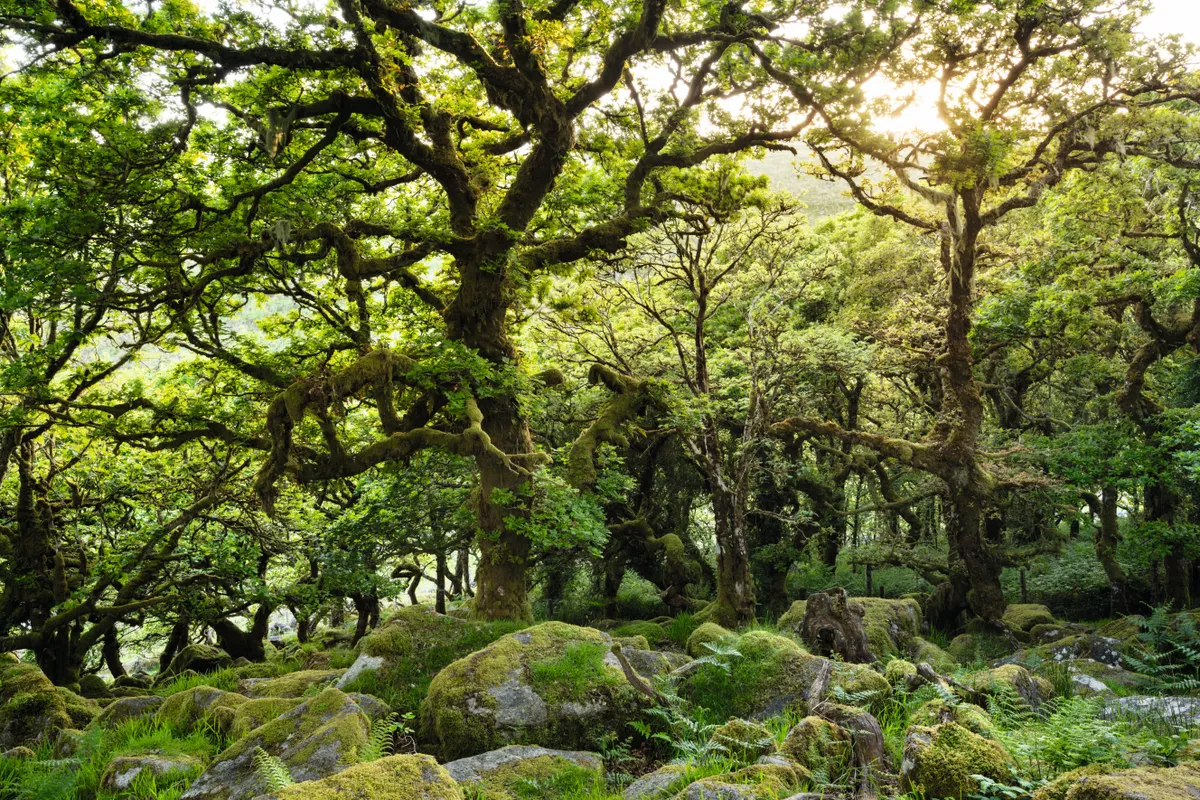
Dartmoor
Dartmoor furls emptily to the horizon, a huge billowing otherworld of crags and tussocks. The going is slow, and as the sun drops the tors pass by like monuments: Longaford, Higher White, Lower White, Rough. There’s no one out here. When I reach the lonely nub of Flat Tor, I pitch my tent in the lea of a rock-shelf, eat, then wander west to find the birthplace of the river.

The ground becomes squelchy and clumpy. For miles around I see nothing but slopes and far-off sheep.
After 10 minutes, I reach the small, chuckling stream that is the young Dart; it’s slim enough for a child to step over.

I follow it until it becomes nothing more than a gurgle in the grass, the genesis-point of some-thing wide and powerful, but here just a noise of nature buried away in the strange, susurrating calm of this modern-day wilderness.
I pass the night fitfully, at one point poking my head out-side to see a glittering roof of stars and later stirred by the first skylark at – I checked my watch for this – 3.39am. No matter. It’s not often you truly get the chance to lie and listen. And when you’re near the Dart, even at its barely there beginnings, it’s a thing to savour.
Where to stay
Bayards Cove Inn, Dartmouth

With the waterside just steps away, Bayards Cove Inn is a dog-friendly boutique hotel set in a Tudor building. Sitting in the historic heart of Dartmouth, it has just seven rooms/suites and has won awards for its food and drink.
Townstal Farmhouse, Dartmouth
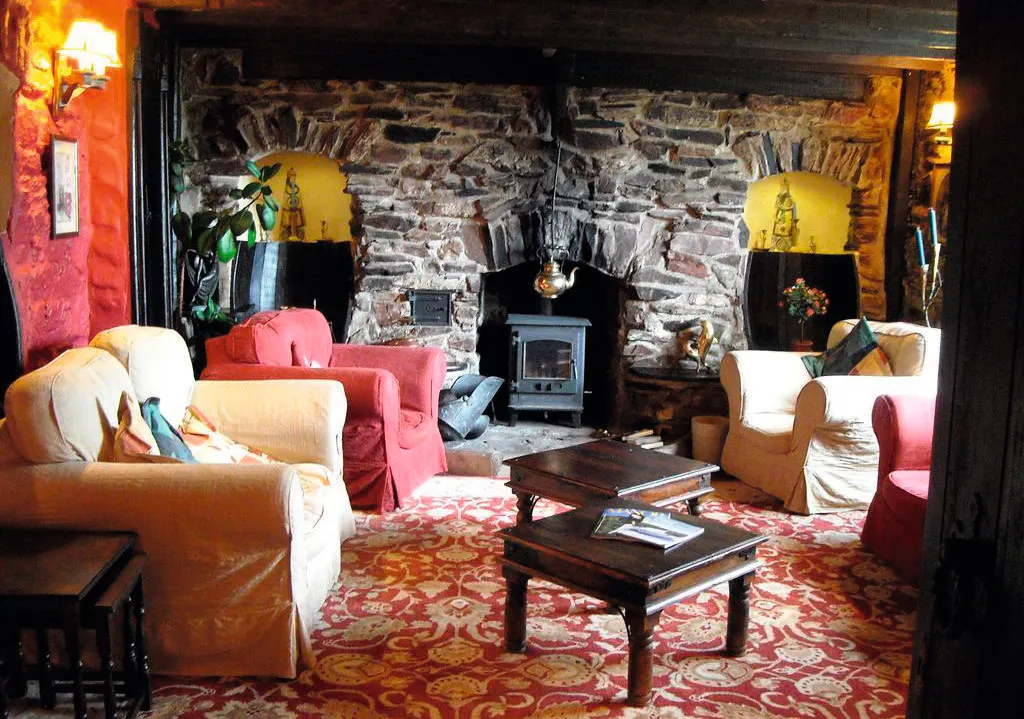
Townstal Farmhouse is an unpretentious B&B is set in the higher part of town, with the centre some 10 minutes’ walk away. Rooms are straightforward but comfortable, and the welcome is warm.
Abbey Inn, Buckfastleigh
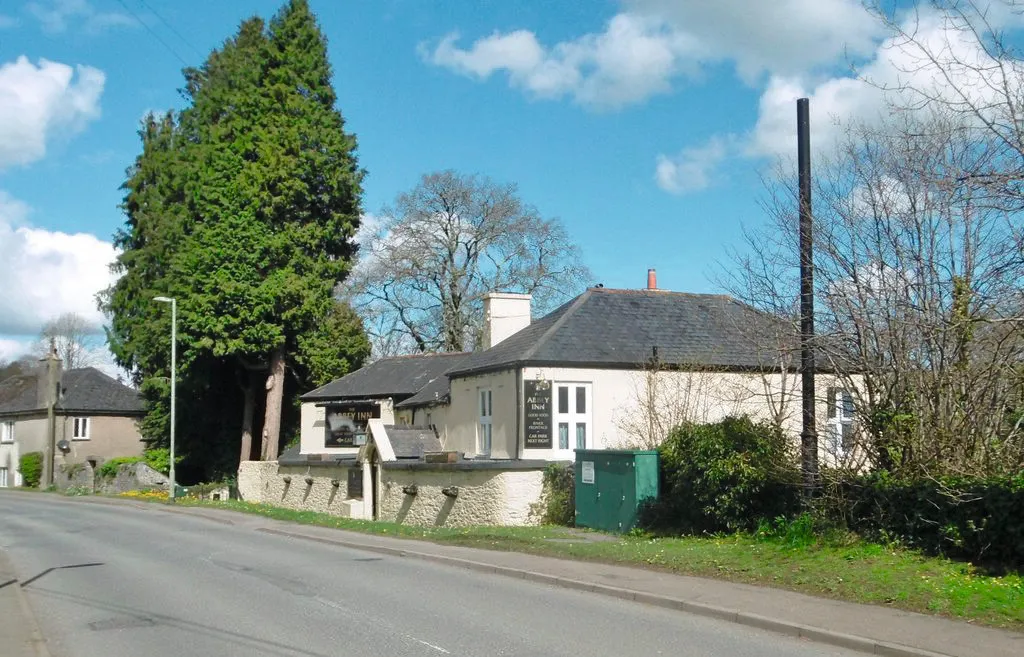
This smart riverside inn has a modern bar/restaurant and a cracking outdoor terrace. The eight en-suite rooms are of a good quality, while the food menu is a notch above many places.
Brimpts Farm, Dartmeet

A friendly, traditional working farm near Dartmeet, Brimpts Farm offers various accommodation options, from a self-catering cottage to group rooms and camping pods. Breakfasts use local produce.
Attractions
Greenway

Perched high above the river, Greenway was home to Agatha Christie, who called this large Georgian house “the loveliest place in the world”. The interiors are furnished in a 1950s style, and the gardens are beautiful. Catch a ferry from Dartmouth, walk from Kingswear, or ring the harbourside bell in Dittisham to summon a boat for the short crossing to the Greenway dock.
River Dart Country Park
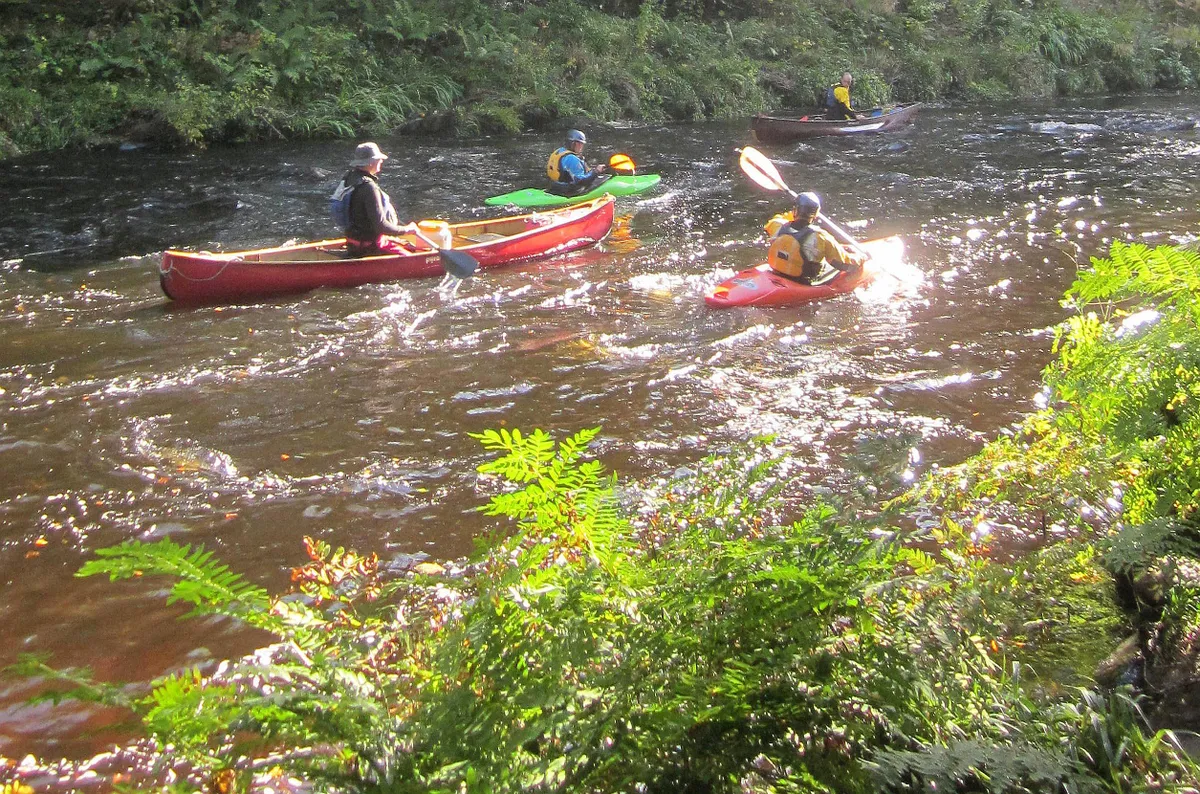
Not easy to navigate through on foot, this family-friendly, 36-hectare country park is nonetheless an attraction in its own right, offering canoeing, kayaking, caving, a high ropes course, climbing and more. riverdart.co.uk
Buckfast Abbey
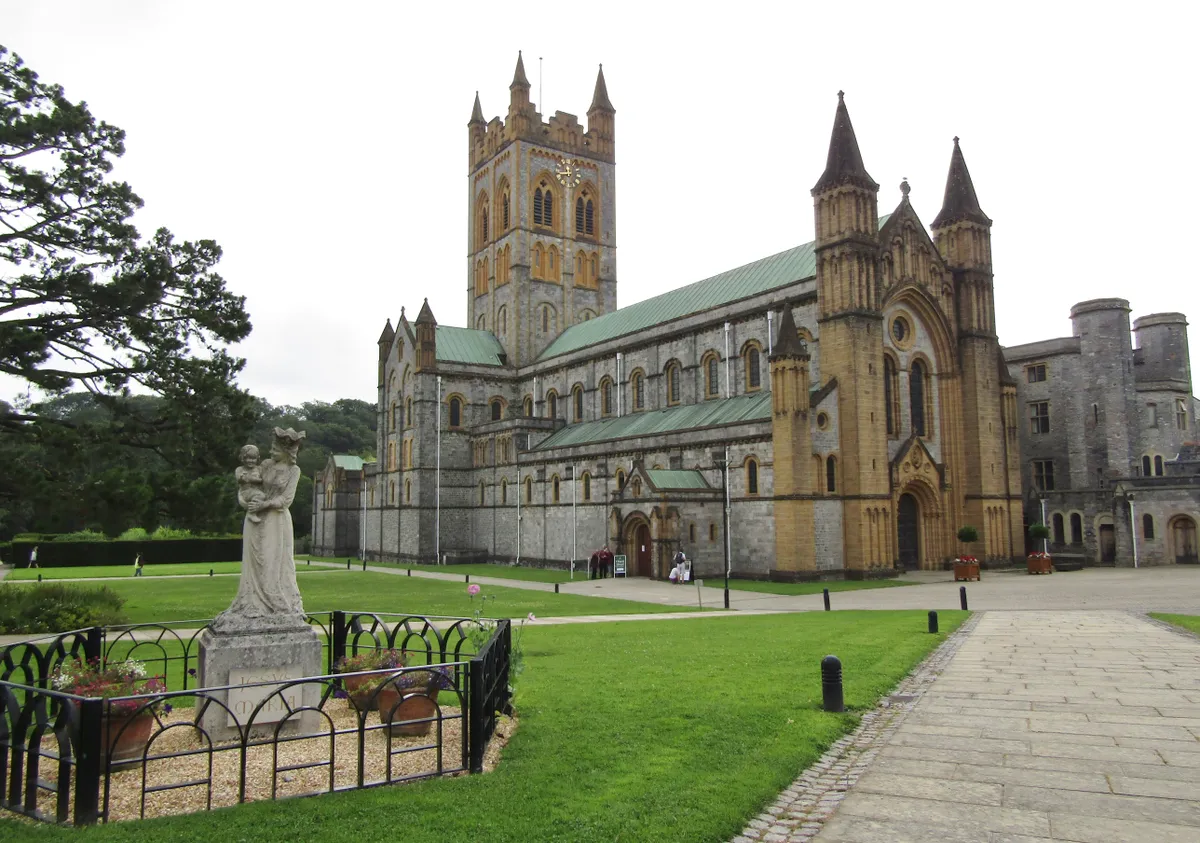
Still home to a community of Benedictine monks, Buckfast Abbey was founded in the 11th century, dissolved in the 16th and re-established in the 19th. The church and its grounds remain an absorbing place to visit, with gardens, a restaurant and shops.
Sharpham Wine
Between Dittisham and Totnes, it’s possible to walk through the peaceful Sharpham Estate, although the famous Sharpham Wine is now produced on the opposite side of the Dart, down river at Sandridge Barton, where tours and tastings can be arranged.
Where to drink
Ferry Boat Inn
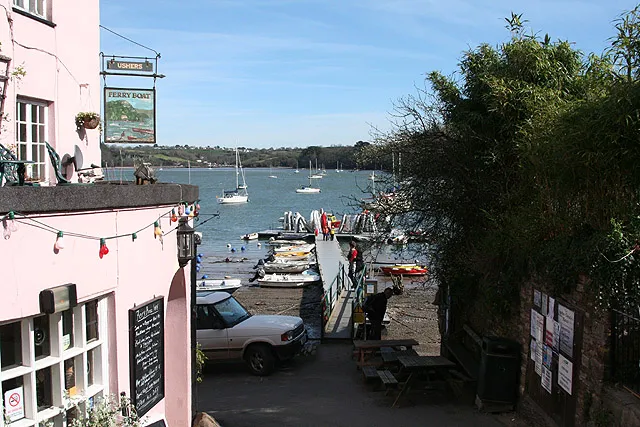
A bright pink landmark on the quay at Dittisham, the small but much-loved Ferry Boat Inn, aka ‘FBI’, offers real ales, river views and a daily changing menu.
Maltsters Arms
An 18th-century waterside inn in Tuckenhay, the Maltsters Arms was once owned by TV chef Keith Floyd.
The Waterman’s Arms
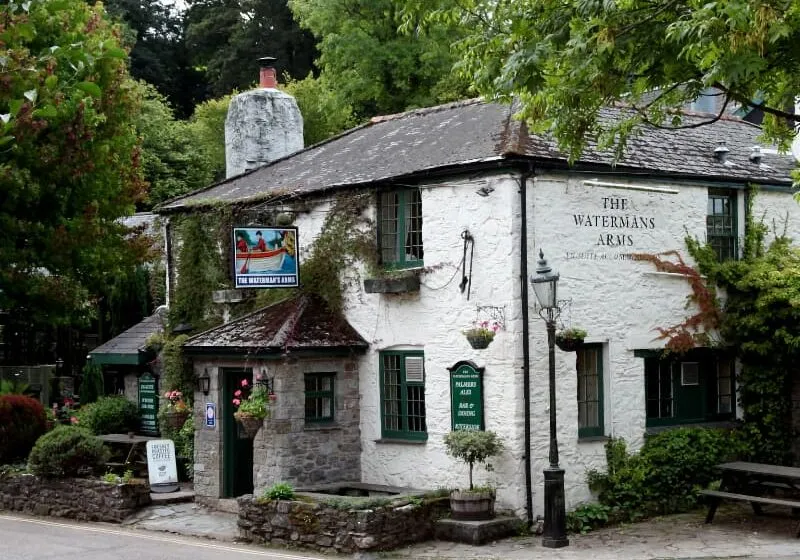
Just up the road from the Maltsters Arms, The Waterman's Arms is another high-quality inn overlooking the Harbourne River, a tributary of the Dart.
Two Bridges
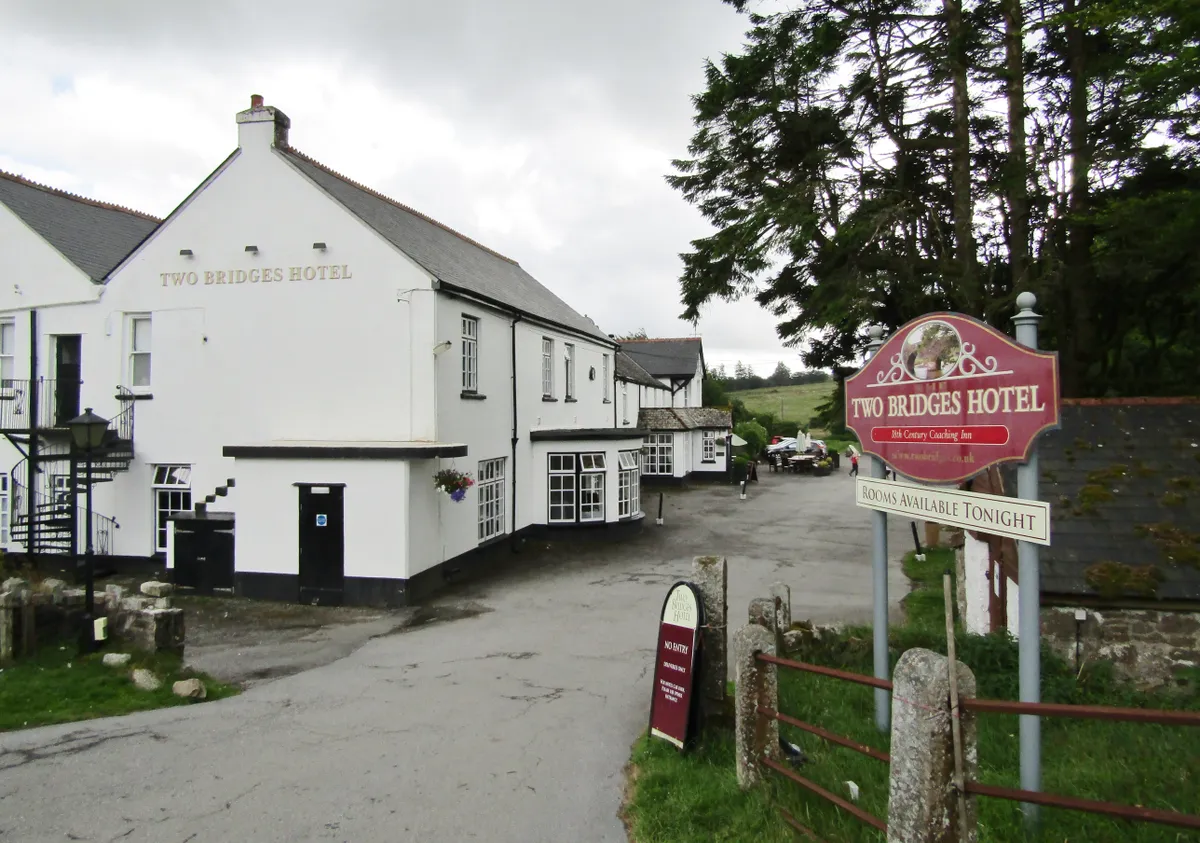
Two Bridges is a popular pub and hotel in the heart of Dartmoor, with two AA rosettes for its food. It’s a great base for walks out onto the moor.
Books
Slow Travel: North Devon & Exmoor by Hilary Bradt Bradt Guides
Written with evident enthusiasm by Bradt Guides founder Hilary Bradt, this makes a lovely companion to a trip – particularly if slow travel’s your thing.
Dart by Alice Oswald Faber & Faber
A homage to the river and the people who live and work alongside it, this superb 2002 poet-ry collection from local writer Alice Oswald won the TS Eliot Prize for Poetry.
